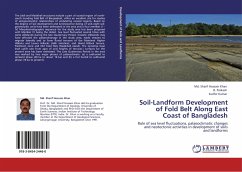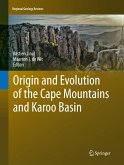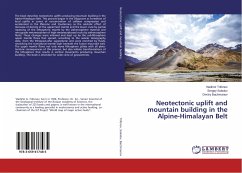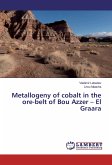Joint connectivity increases permeability of rocks that would otherwise be low in permeability. Natural fractures or joints form in response to tensile stress and are characterised by an absence of shear stress. Dominantly joints are systematic and pervasive they are affected by stress mechanisms which can change overtime leading to the formation of joint systems or networks. A field study of the natural fracture systems and patterns at the Cape Fold Belt and Karoo Basin transition, South Africa, was undertaken to compare and determine dominant natural fracture orientations. In the field fracture azimuth and dip measurements of prominent joints were taken at different locations and from different rock types. Differences in fracture density, spacing, orientation and patterns were observed at different locations and with different rock types. The book is aimed at people who are interested in natural gas and structural controls on natural gas movement.
Bitte wählen Sie Ihr Anliegen aus.
Rechnungen
Retourenschein anfordern
Bestellstatus
Storno








